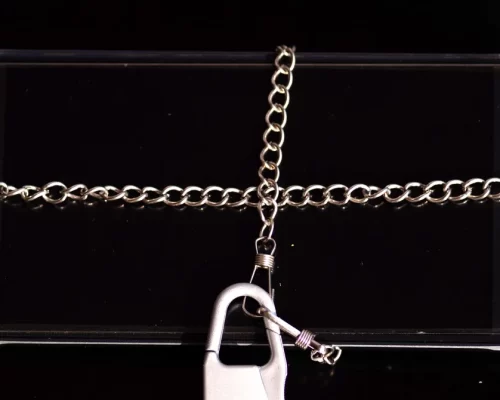Over the years, the use of glutathione for skin lightening has been prominent in the Philippines. Glutathione is being offered in the country in the form of IV therapy, pills and supplements, food additives, coffees and juices, lotions, soaps, and others. These are also widely accessible across the country through online shopping platforms.
But why did glutathione rise to prominence?
Filipinos, having a mixed ethnic origin, often have tan or “Morena” skin tones, which aren’t as admirable as those who have lighter skin tones—according to modern societal beauty standards, at the very least. Modern forms of media have influenced our perception of how “beauty” is defined, with European beauty standards being the ideal ones. These are characterized by pale skin tones, smaller and thinner noses, structured eyebrows, and straight hair. As these are often shown, Filipinos have adopted the thought that these should be our features and have been trying ever since to achieve this, hence the use of glutathione.
Glutathione serves as an antioxidant in our body, along with having the property of inhibiting the production of melatonin, which is a substance in our body that gives our hair, eyes, and skin their color. This means that as long as we keep taking glutathione, there will be less of the color-producing substance in our body, making us paler.
In 2008, the Department of Health released a statement warning Filipinos against the use of glutathione products, stating that its side effects have not yet been fully explored and that its whitening effect is not its main purpose.
The Food and Drug Administration, while having approved other glutathione products such as capsules, has not yet approved any injectable products for skin lightening; this includes the IV injection or the glutathione drips.
In a 2019 interview with PEP.ph, Dra. Eleonor B. Asuncion of the Philippine Dermatological Society, glutathione drips are only approved as a drug for cancer patients but not for cosmetic procedures. Dra. Asuncion stated that its whitening efficacy is not yet established, and more importantly, there have been reports of its dangerous side effects.
“On local studies that used IV glutathione for skin lightening, the most severe systemic adverse effect was acute renal failure after three years of weekly IV glutathione in one patient. Gastritis or gastric discomfort is the most common glutathione IV reaction. Other side effects were headache and dizziness, elevation of thyroid hormones, palpable thyroid nodules, increased blood sugar, body malaise or flu-like symptoms, chest heaviness, and severe skin reactions,”, Dra. Asuncion shared.
Despite this news and the lack of studies to prove their effectiveness, Filipinos still continue to purchase these products. Companies utilize celebrities and influencers across social media platforms to market these products and their alleged effects on skin lightening.
Surely, it doesn’t hurt to try, but we need to be more careful and smarter about what we buy and consume, especially if it’s being taken orally. Our health must always be our top priority. On top of this, the government must also up its game in regulating the release of these products.



























